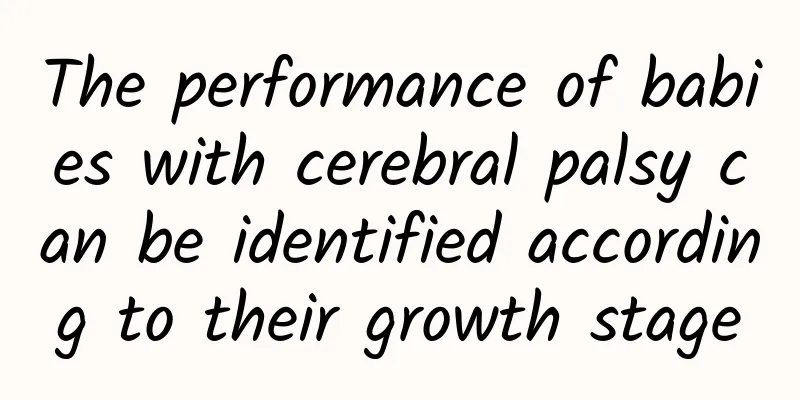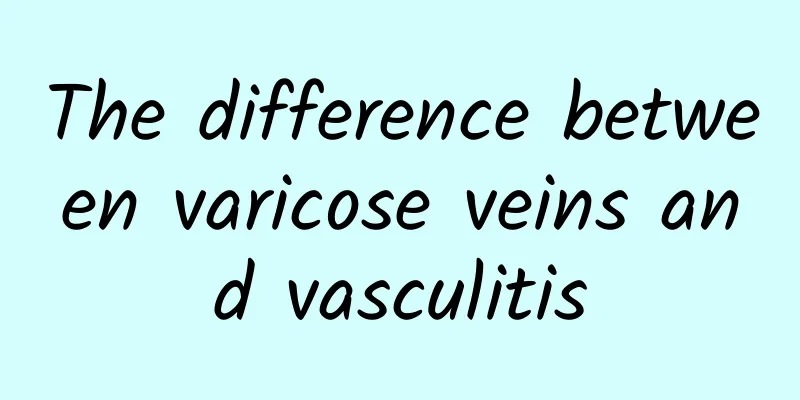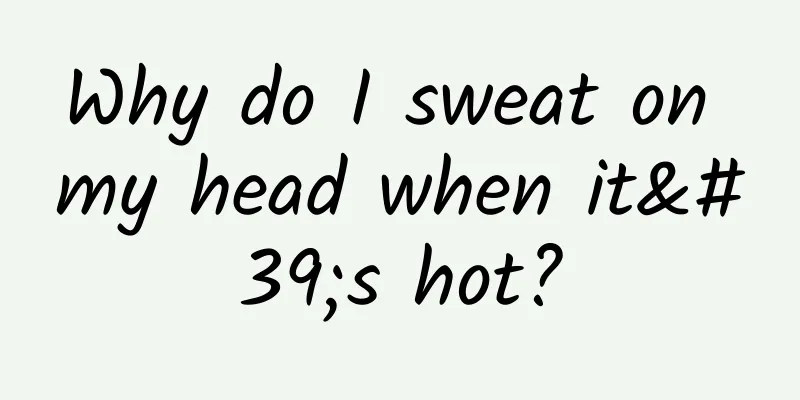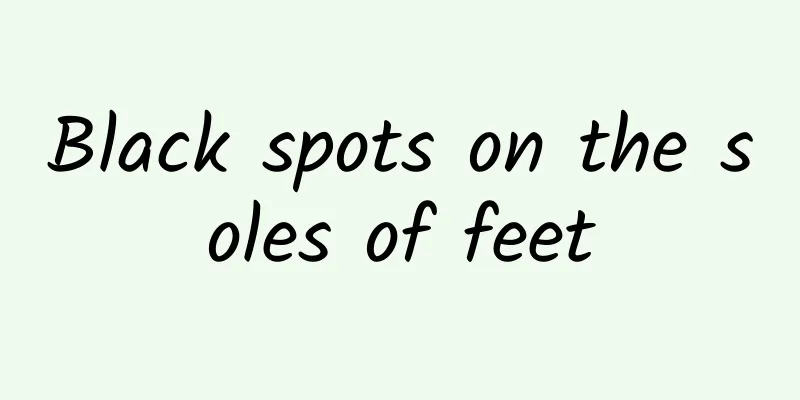The performance of babies with cerebral palsy can be identified according to their growth stage

|
In daily life, parents can determine whether their baby suffers from cerebral palsy by observing his or her behavior. So, what are the symptoms of babies with cerebral palsy? Early symptoms from January to March 1. Don’t look at people, don’t stare, don’t chase parallax, don’t smile; 2. Asymmetrical posture 3. The head is unstable, the neck cannot be straightened, and the head shakes from side to side; the head cannot be raised in the prone position. The head-raising action indicates the development of anti-gravity muscles. Normally, the head can be raised 45 to 90 degrees in 2 to 3 months. 4. Increased muscle tone: thumb adducted, hand clenched into a fist, or upper limbs adducted and internally rotated. Dorsiflexion is symmetrical, the head is sometimes tilted to one side, the upper limbs are adducted and internally rotated, the hands are clenched into fists, the whole body is stiff, and the trunk is rigidly extended; 5. Hypotonia: body weakness, frog position, inverted U-shaped posture, etc. Early symptoms from April to June 1. Slow reaction: not following the gaze, not paying attention to people, eyes are not flexible; expression is dull and inflexible, no reaction when teased, no reaction when called. Slow reaction and no response when the name is called are early manifestations of mental retardation. It is generally believed that slow reaction at 4 months and no response when the name is called at 6 months can be diagnosed as mental retardation. 2. Not smiling: If a child cannot smile at 2 months or laugh out loud at 4 months, he or she may be diagnosed with mental retardation. 3. Staring at hands: If the problem persists after 6 months, it may be considered as mental retardation. 4. Head instability: If a 4-month-old baby cannot lift his head while lying prone or cannot keep his head upright when sitting, it is often an important sign of brain damage. 5. Body torsion: If a 4-month-old baby has body torsion, it often indicates extrapyramidal system damage. 6. The body gradually becomes stiff, with mild opisthotonos or crossed lower limbs, and the sitting position is tilted backward; if the whole body stiffness persists for more than 4 months after birth, it can be diagnosed as cerebral palsy. 7. The head is raised less than 90 degrees in the prone position, the head does not follow when pulled up, the sitting position is tilted forward, and the whole body is still soft; if "whole body weakness and decreased spontaneous movement" persists for more than 4 months after birth, it can be diagnosed as severe brain injury, mental retardation or muscle system disease. 8. Thumb adduction and fist clenching: If the child cannot open his thumb at 4 months, or the thumb is adducted, especially on one upper limb, it has important diagnostic significance. 9. Unable to stretch out hands to grasp objects: The hands are not flexible, and the child does not stretch out hands to grasp objects or only uses one hand to grasp objects. If the child cannot stretch out hands to grasp objects at 5 months old, it can be diagnosed as mental retardation or cerebral palsy. 10. Inability to roll over after 6 months is diagnostically significant; 11. Strabismus: If a 4-month-old baby has strabismus and poor eye movement, it may indicate the presence of brain damage. 12. Remaining primitive reflexes, such as asymmetrical posture. 13. Abnormal head circumference: Head circumference is an objective indicator of the morphological development of the brain. Children with brain damage often have abnormal head circumference. Early symptoms at 7-12 months Some brain injuries are mild and often have no obvious symptoms in early infancy, but there are some other symptoms in the second half of infancy (7-12 months): 1. Still standing on tiptoes after 8 months. 2. After 8 months, the lower limbs are not used or only support body weight for a short period of time; 3. Unable to sit alone after 9 months. 4. Clumsy hands: The fine movements of the hands, such as pinching small objects, unbuttoning, tying belts, etc., are inflexible and uncoordinated; the onset of clumsy hands after 10 months is of diagnostic significance. 5. Babies after 10 months do not need to play with one hand. 6. You cannot catch the station after 12 months. 7. After 15 months, the baby still cannot take a step. 8. Will not see anyone again after 12 months, which has diagnostic significance. Drooling and thumb sucking after 9 or 12 months are of diagnostic value. |
<<: How to treat cerebral infarction? Teach you the correct treatment method
>>: Symptoms of premature ovarian failure, these four points are the most obvious
Recommend
Causes of intestinal obstruction
Intestinal obstruction is the inability to pass a...
Pointy protrusion of the kneecap
If there is a protruding pointy bone on the kneec...
Can I take a shower after a cervical biopsy?
Cervical biopsy is a way to examine the cervix. B...
Low heart rate and low blood pressure during sleep
There are many patients with low blood pressure i...
Can I get vaccinated against urticaria?
We all know that children's resistance is gen...
What are the functions and effects of Mimosa
Mimosa is a green plant with great ornamental val...
The efficacy, function and edible method of Mopancao
Mopan grass is also called golden flower grass, T...
Alfalfa
Alfalfa is not a common plant in our daily life, ...
The hair roots hurt when I move them
Pain at the roots of your hair when you move it c...
What is mycoplasma positive
If the examination shows that mycoplasma is posit...
Is hyperprolactinemia a serious disease?
Many people in life are not clear about what hype...
What causes tightness in the head?
Physical health is very important. Many people ma...
What causes intermittent heartbeats?
The heart is a very important organ in the human ...
Black ant wine recipe and its effects
Black ants have the effects of dispelling wind an...
How to perform rhinitis surgery
If rhinitis occurs, many people will generally ch...









